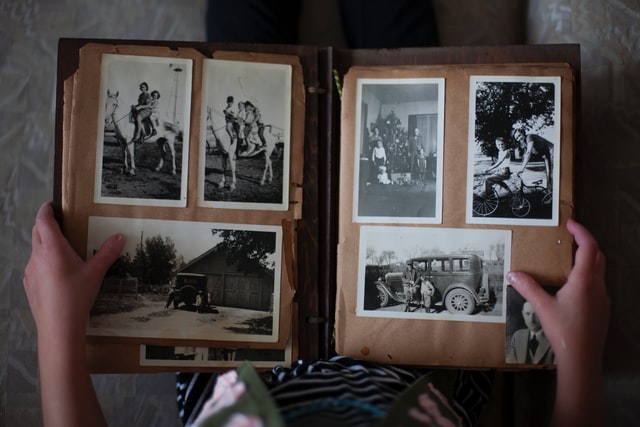Leaving a legacy for children or grandchildren is often a strong motive for creating an estate plan. But it doesn’t have to be a simple cash bequest that you must carve out now. There are many ways to structure your existing estate so that you have the benefit now but can still leave a meaningful legacy to those you love. And there are often tax benefits. We look at three strategies.
-
Setting Up a Beneficiary IRA
Both traditional IRAs and Roth IRAs allow for multiple beneficiaries. After the death of the donor, the IRA is divided into separate accounts for each beneficiary. These separate accounts can be accessed independently. Beneficiaries have five years to either take the money out of the account or transfer the plan to an Inherited IRA that allows for stretch distributions.
-
Naming a Child as Beneficiary to an Annuity
Purchasing an annuity and naming a child as beneficiary provides an income stream from annuity payments upon the donor’s death. Because the child is younger, this can result in a bigger stream of income throughout their lifetime. However, one thing to be aware of – minor children cannot own legal property in their names. A good solution is to designate a custodian as the beneficiary for benefit of the minor under the Uniform Transfer to Minors Act.
-
Survivorship Insurance – With a Twist
Survivorship life insurance covers two policyowners and pays off at the second death (that’s why it’s also called “second-to-die” insurance). Because it doesn’t pay out until the second death, it can be a cost-effective way to provide a bigger death benefit than buying two individual policies. This makes it an effective estate planning tool.
A couple with two children taking out a $1 million survivorship insurance policy would be effectively leaving each child $500,000.
Here’s the twist: Required Minimum Distributions now kick-in at age 72 and increase as the individual ages. At this point, many retirees have their income stream set and don’t need the money to live on. A common tactic is to reinvest the money. Rather than doing this, using the RMD to pay the survivorship insurance premium can create a way to fund a legacy that does not depend on the proceeds of the estate. This can leave retirees free to spend their savings on things that are important to them, knowing that their legacy to their children is provided for.
The Bottom Line
These are just three strategies to leave a legacy that isn’t dependent on setting aside some part of your retirement savings. A good estate plan can be flexible and comprehensive for both the retiree and the ultimate beneficiaries. Of course, you should speak to your tax and legal professionals about your estate planning needs – but a check-in with your financial professional can get the ball rolling.


